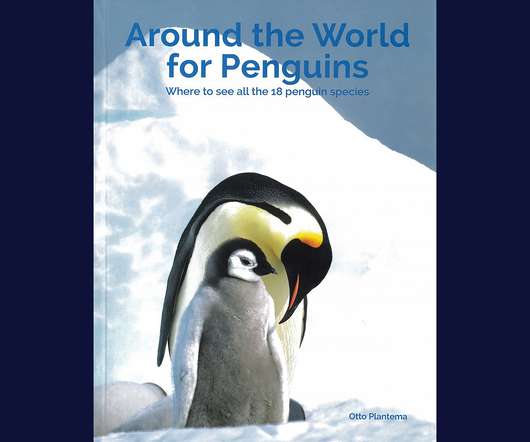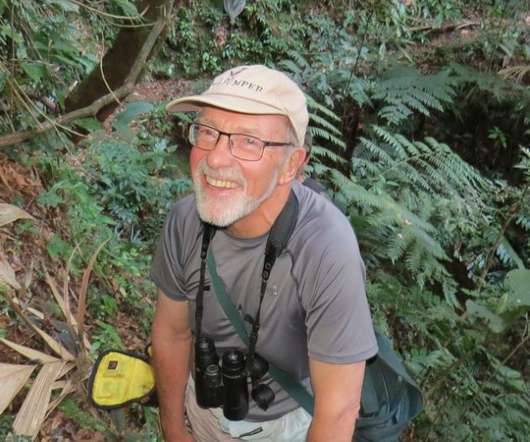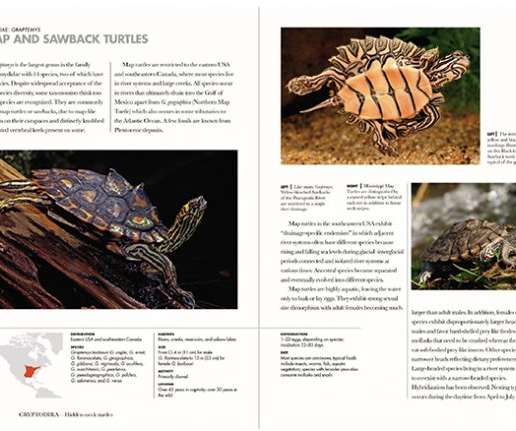Searching for the Elusive and Less-Colorful: The Sinaloa Martin
10,000 Birds
AUGUST 14, 2013
They packed up in June of 2013 and headed south from San Diego with the southern tip of South America as their destination. The non-breeding distribution is virtually unknown, although they are suspected to winter in northern South America (Howell and Web 1995). Very little is known about this enigmatic species.



















Let's personalize your content